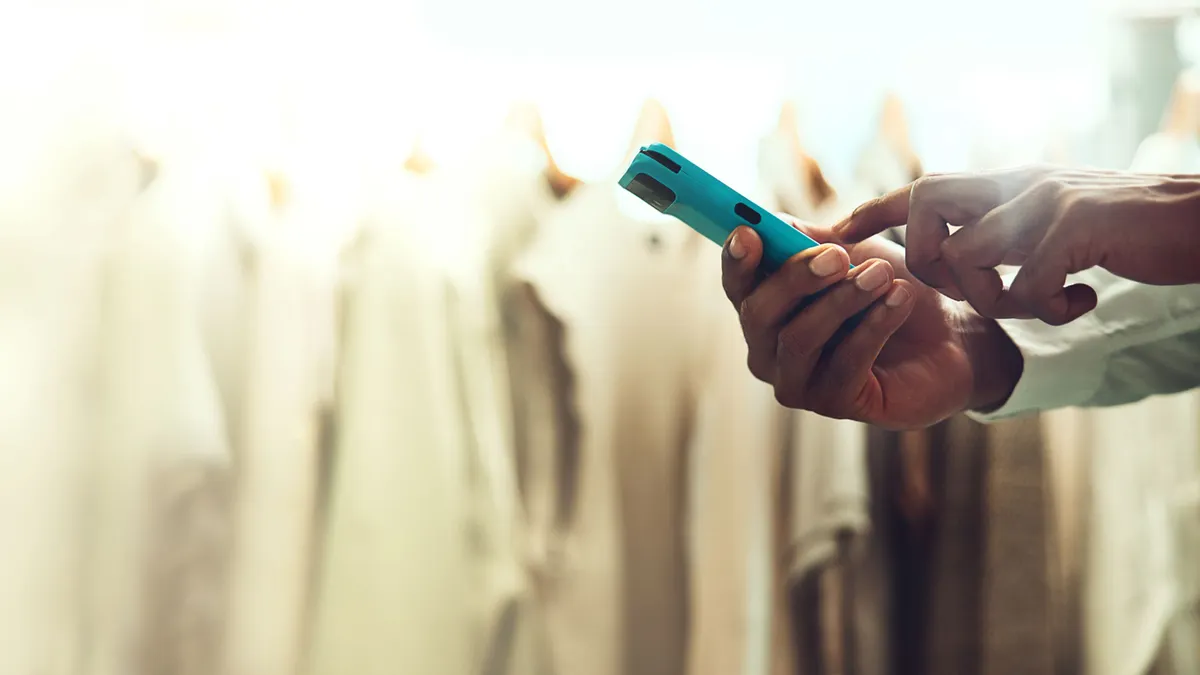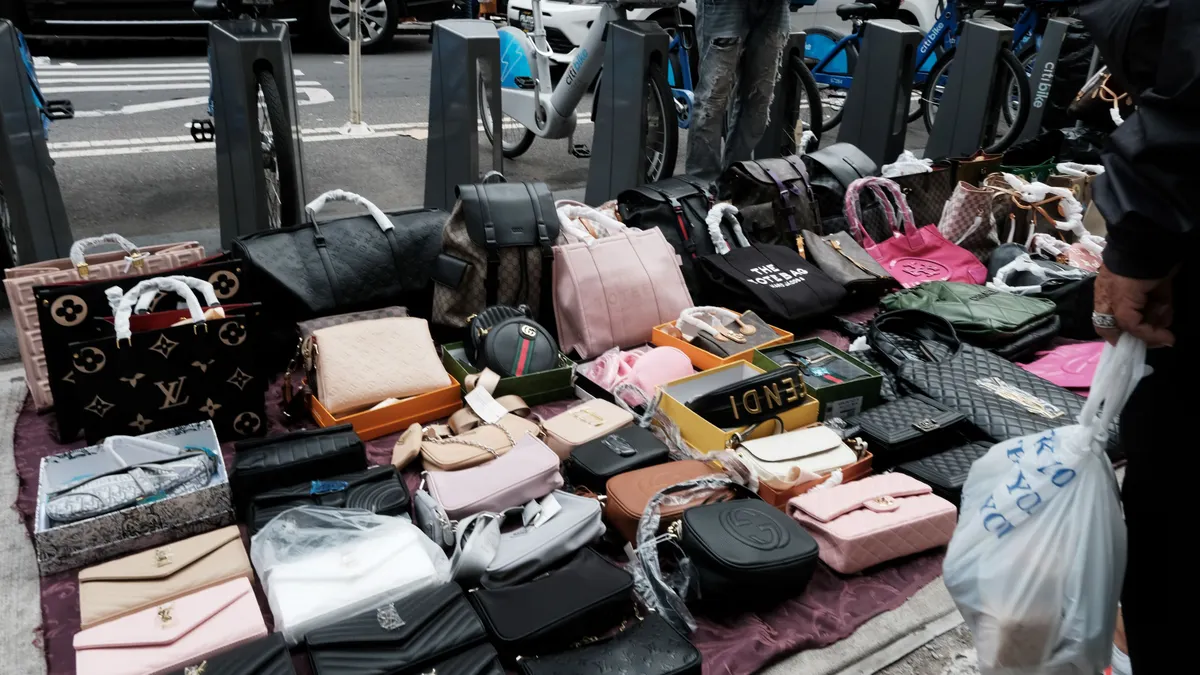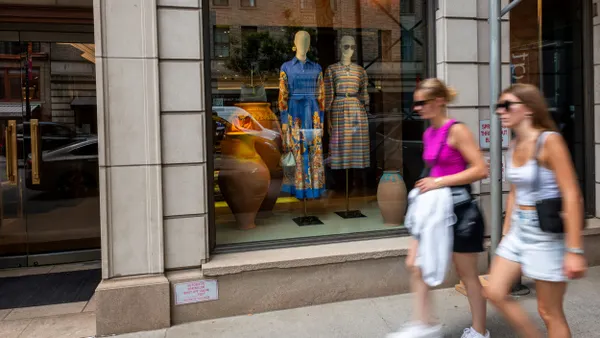TikTok usage has quadrupled since 2021, with 21% of Americans now using the app at least weekly. While the platform has faced increased scrutiny over privacy and foreign influence, it remains a powerful force in the social media landscape. It has become a seemingly direct line to young consumers, and a ban threatens the inroads marketers have made in that regard. A recent report from YouGov looks at which consumers are using the app and what marketers can learn from it.
While talks of a TikTok ban have been occurring since the Trump administration, it has never been closer to reality. At the end of April, President Joe Biden signed a bill containing a clause which would ban the platform. TikTok’s parent company, ByteDance, has nine months to either sell the platform to a U.S. company or cease operation in the region. TikTok has pushed back on the motion, filing a lawsuit in an attempt to stop the sell-off.
The “Stop, shop and scroll: US TikTok report 2024” was compiled with YouGov’s database of over 27 million global panel members. The 52-week YouGov Profiles dataset contains data that is collected continuously and updated weekly. Brand rankings were determined based on survey responses between March 1, 2023, and Feb. 29, 2024. The report defines a weekly TikTok user as consumers 18 years of age and older who interact with the platform at least once a week.
The new user, recorded
Despite TikTok’s regulatory challenges in the U.S., for now it remains an important platform for marketers. And while TikTok has been a go-to for brands who want to reach the younger demographic, it’s important to note that the average age of users is climbing. In 2022, the share of TikTok users aged 18 to 24 was 35%, falling to 25% in 2024. A less dramatic drop was observed in the 25 to 34 age range, which fell from 32% in 2022 to 30% in 2024. Gains were made in the 35 to 44 demographic, the 45 to 54 demographic and the 55 and older demographic.
Households with a weekly TikTok user are also more likely to have children compared to the general population, at a rate of 45% to 32%. Fifty-percent of weekly users live in cities compared to the general population share of 37%. More than half (55%) of weekly users are women.
“What brands don't yet realize is that the TikTok audience has matured significantly. We're seeing that now. A large share of TikTok users are over 35. There was a perception from brands in the past that TikTok was a Gen Z platform, even a teen platform… We see that TikTok users are a very affluent group as well,” said Reuben Staines, head of marketing, Americas, at YouGov.
Interestingly, TikTok users are more likely to agree with the statement, “the government protects my privacy” compared to the general population, at a rate of 42% to 27%, respectively. This figure becomes of even greater note when considering public opinion toward a TikTok ban. Policy makers have largely used data security as support for such a motion. Forty-six percent of the general population supports a TikTok ban, compared to 34% of the app’s users.
Nearly half (45%) of TikTok users oppose a ban, compared to just 27% of the general population. Twenty-one percent of TikTok users remain unsure about a ban, compared to 27% of the general population.
Swipe to purchase
TikTok has proven to be a goldmine for advertisers. Well over half (64%) of weekly TikTok users agree that advertising helps them select what to buy, compared to just 46% of the general population. TikTok users are also more likely to trust influencer marketing than the general population, at a rate of 47% to 27%, respectively. Weekly TikTok users admit to being more impulsive, with 59% of users agreeing they “tend to make impulsive purchases” compared to 45% of the general population.
However, enthusiasm for TikTok marketing hasn’t necessarily translated into enthusiasm for making purchases in the app. In-app shopping is a major feature in the Chinese version of the app, but American users have proven more wary. While 86% of users are aware of TikTok Shop, only 31% have purchased something. Twenty-eight percent of app users have never visited the feature despite being aware of it.
Ultimately, any hesitancy related to shopping in the app may boil down to consumer trust. While 40% of consumers report that they view sellers on TikTok Shop as being just as trustworthy as other e-commerce platforms, 41% see them as less trustworthy. Only 19% of users view them as more trustworthy.
However, such findings shouldn’t put off marketers, according to YouGov. Despite some setbacks, TikTok Shop has put up a strong performance. It’s also important to note that American audiences want very different things from the app than a Chinese audience.
“The way that we're using it, it's much more focused on entertainment, and using things for DIY projects, and figuring things out,” said Kenton Barello, vice president of U.S. enterprise sales at YouGov. “We're using it for fun, for entertainment, and then it is a big presence for influencers. So adoption, it just takes time.”
When considering what drives consumers to make a purchase using TikTok Shop, the ability to stay in the TikTok app is the last reason that draws users to shop (15%). Over half, 58%, listed coupons and special discounts while 45% listed the ability to support a small business as their reasons to buy through the platform.
Ultimately, TikTok remains a strong platform for marketers despite the regulatory pressure. As TikTok Shop grows, there’s an opportunity to gain consumer trust.
“Brands are still feeling comfortable about TikTok and being present there. I think they're following the audience numbers,” said Staines. “They see people adopting TikTok Shop, and I think they follow the cues of the audience.”




















